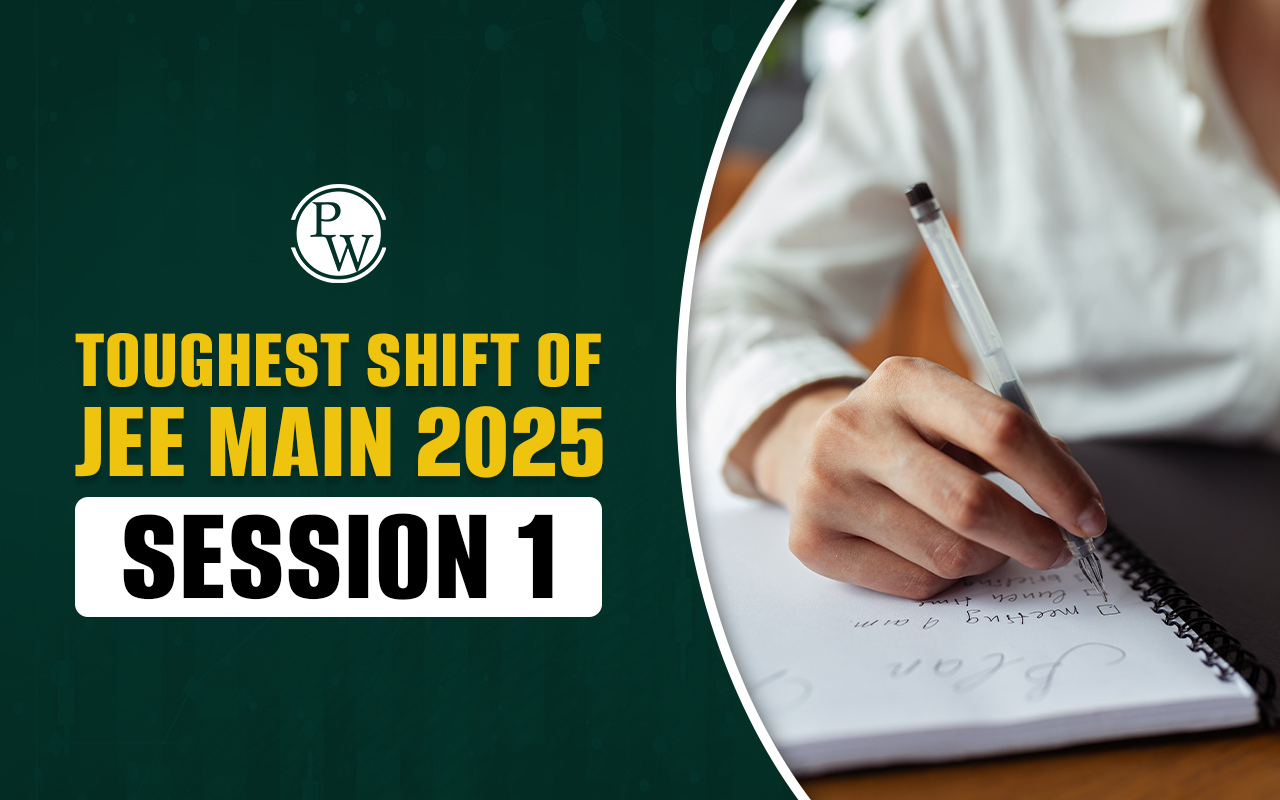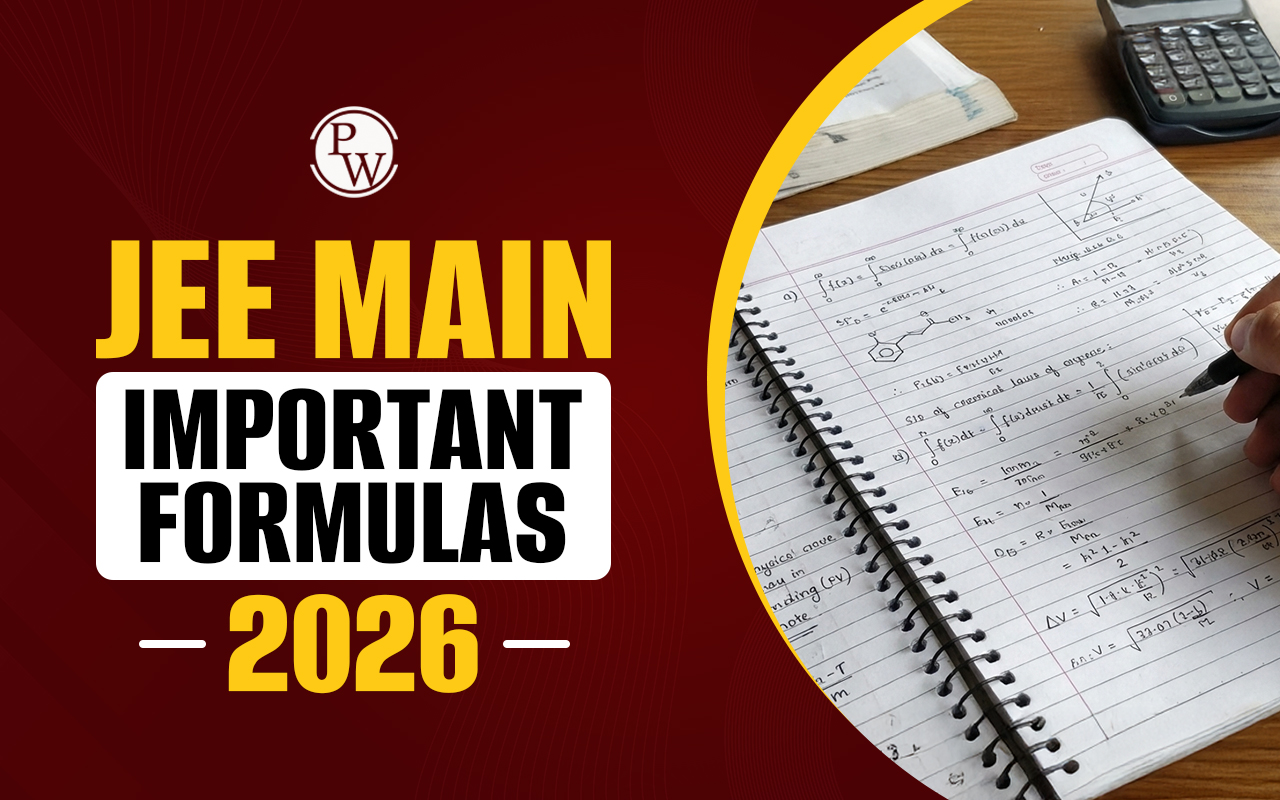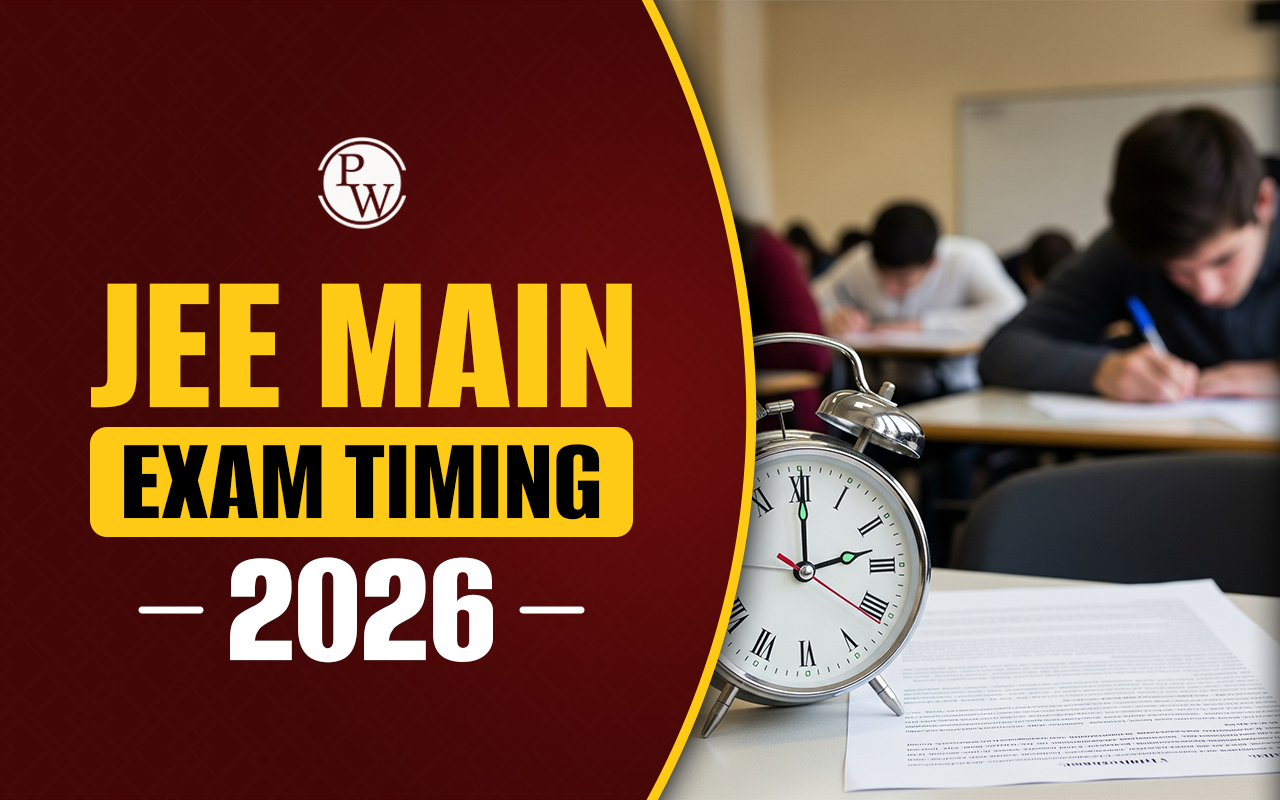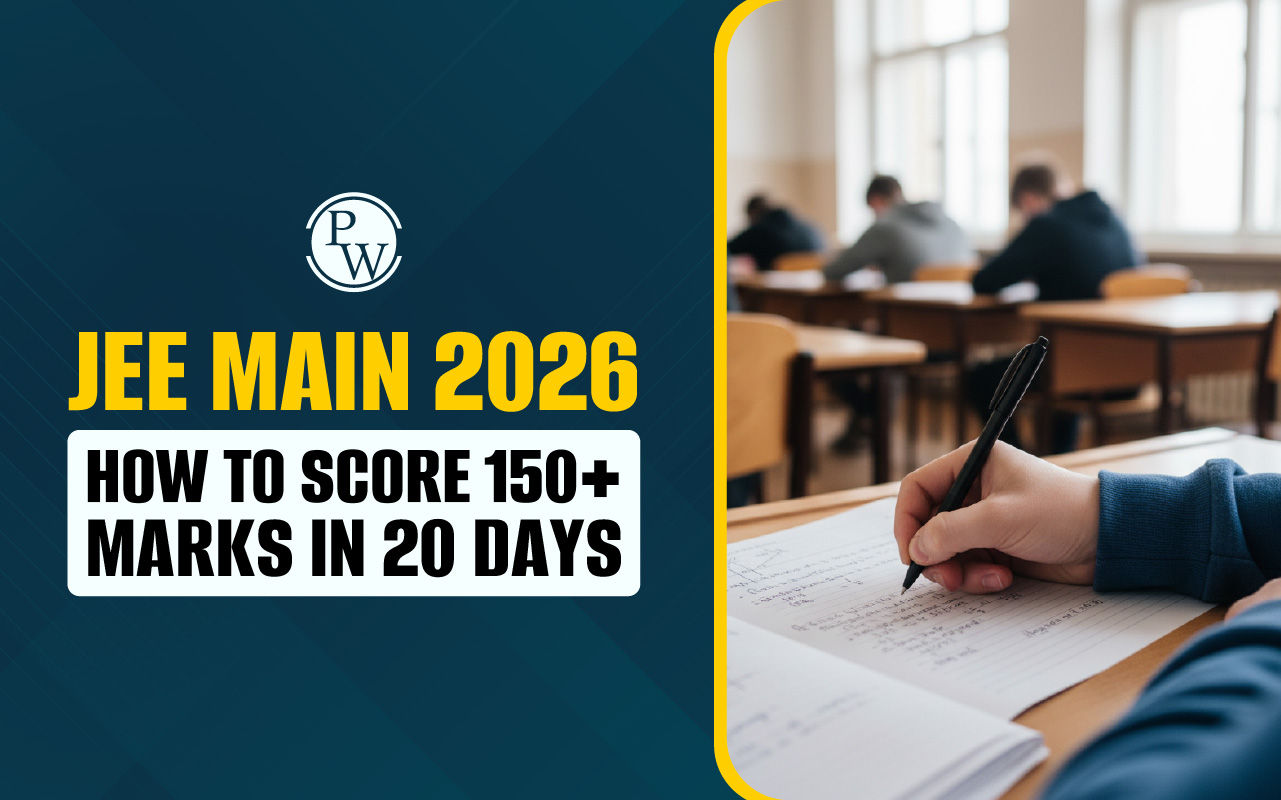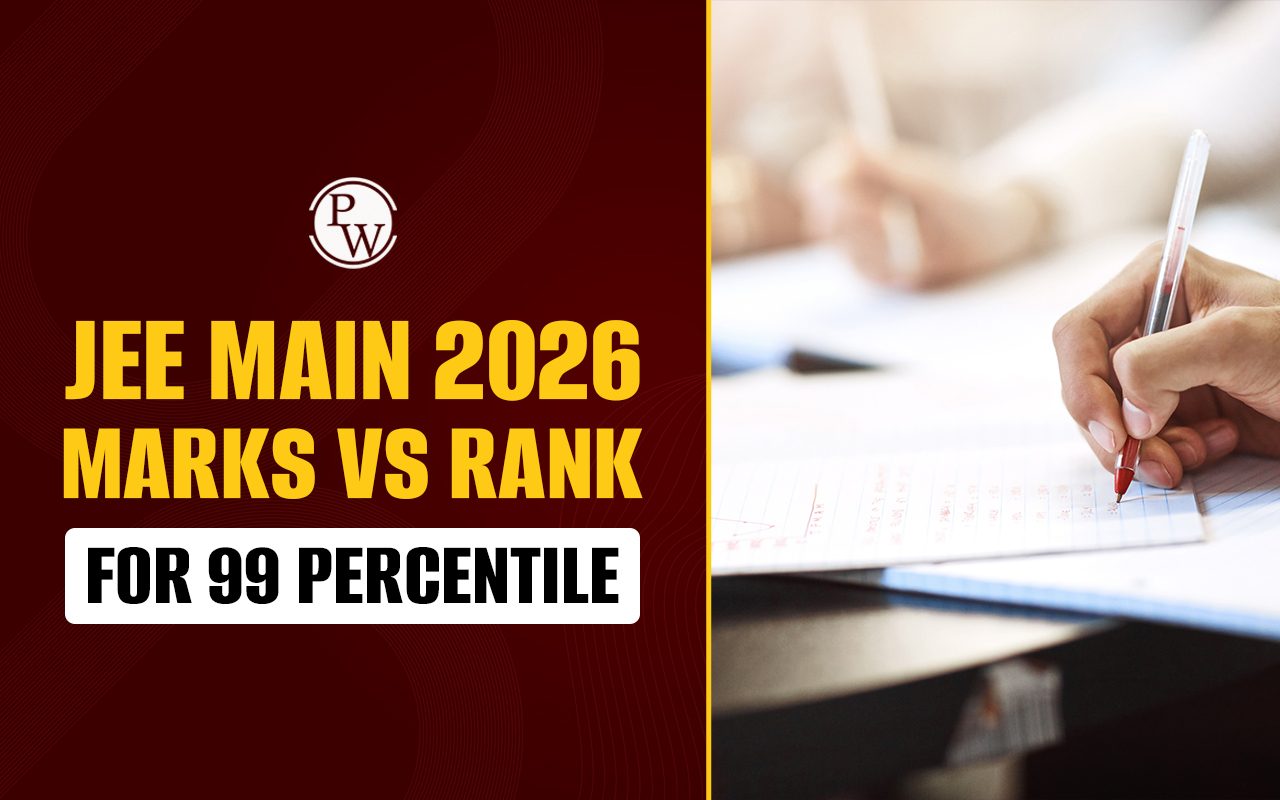
Modern Physics JEE Questions: Modern Physics is the study of phenomena that cannot be explained by classical physics. These include the photoelectric effect, Bohr’s model of the atom, nuclear physics, X-rays, and the wave-particle duality of matter and radiation.
It is a topic of high relevance for JEE preparation students. Modern Physics is one of the scoring sections of JEE Main and JEE Advanced, and the questions in this topic are usually simple if the students have a clear understanding of the concepts. Regularly solving the Modern Physics JEE Questions will help JEE aspirants solidify their conceptual understanding and formulae and help them get faster at calculations. It will also help them become more confident when attempting numericals in the exam.
Modern Physics JEE Questions Overview
Concepts included under the Modern Physics JEE topic are the photoelectric effect, Bohr’s model of the atom, the dual nature of matter, X-rays, and nuclear physics. The entire topic can be expected to have around 8–12 marks in JEE Main and usually contains 1–2 questions in JEE Advanced every year. Questions from this topic are mostly numerical and one needs to know the formulae and concepts to answer these questions as the topic is not heavy for rote learning.
Practice Modern Physics JEE Questions
Practice of numerical problems is the only solution to solve Modern Physics. Previous year questions, sample papers, and mock tests are the best method to know the number and pattern of the questions asked in the exam. Some solved modern physics JEE questions are mentioned below:
1. The radiation force experienced by a body exposed to radiation of intensity I, assuming the surface of the body to be perfectly absorbing, is:
-
πR²I / c
-
2πR²I / c
-
4πR²I / c
-
None of these
2. A desk lamp illuminates a desk top with light of wavelength λ. The amplitude of this electromagnetic wave is E₀. Assuming illumination to be normally on the surface, the number of photons striking the desk per second per unit area N is
-
N = λ²ε₀E₀² / h
-
N = 2λ²ε₀E₀² / h
-
N = λ²ε₀E₀² / 2h
-
Data Insufficient
3. A small metal plate (work-function W₀) is kept at a distance d from a singly ionised fixed ion. A monochromatic light beam is incident on the metal plate and photoelectrons are emitted. The maximum wavelength of light so that the photoelectrons may go round the ions along a circle is
-
8πε₀W₀d + e² / 8πhcε₀d
-
8πhcε₀d / 8πε₀W₀d + e²
-
hc / W₀ - e² / d
-
8πcε₀d / hcεW₀
4. A parallel beam of light of intensity I and cross section area S is incident on a plate at normal incidence. The photoelectric emission efficiency is 100%, the frequency of light is v and the work function of the plate is φ (hv > φ). Assuming all the electrons are ejected normal to the plane and with same maximum possible speed. Calculate the net force exerted on the plate only due to striking of photons and subsequent emission of electrons.
-
IS / hv {h / λ + √(2m(hv - φ))}
-
IS / hv {h / λ + √2m(hv - φ)}
-
hνS / I {h / λ + √2m(hv - φ)}
-
None of these
5. A metal plate is exposed to light with wavelength λ. It is observed that electrons are ejected from the surface of the plate. When a retarding uniform electric field E is imposed, no electron can move away from the plate farther than a certain distance d. Then the threshold wavelength λ₀ for the material of plate is (e is the electronic charge, h is Planck’s constant and c is the speed of light)
-
λ₀ = (1 / λ - hc / eEdλ)⁻¹
-
λ₀ = (1 / λ - eEd / hc)⁻¹
-
λ₀ = λ - hc / eEd
-
λ₀ = λ - eEd / hc
6. Electrons in hydrogen-like atom (Z = 3) make transitions from the fifth to the fourth orbit and from the fourth to the third orbit. The resulting radiations are incident normally on a metal plate and eject photoelectrons. The stopping potential for the photoelectrons ejected by the shorter wavelength is 3.95 V. The stopping potential for the photoelectrons ejected by the longer wavelength (Rydberg constant = 1.094 × 10⁷ m⁻¹) is
-
0.74 V
-
1.74 V
-
0.24 V
-
1.24 V
7. When a metal surface is irradiated with light of wavelength 4950 Å, a photo current appears. This photo current vanishes, if a retarding potential greater than 0.6 volt is applied across the photo tube. However, when a different source of light is used, it is found that the critical retarding potential is changed to 1.1 volt. The wavelength of second source is. (If the photo electrons (after emission from the surface) are subjected to a magnetic field of 10 tesla)
-
4925 Å
-
3425 Å
-
4125 Å
-
2765 Å
8. In a characteristic X-ray spectra of some atom superimposed on continuous X-ray spectra
-
P represent Kα line
-
Q represent Kβ line
-
Q and P represent Kα and Kβ lines respectively
-
Position of Kα and Kβ depend on the particular atom
9. Assume a hypothetical hydrogen atom in which the potential energy between electron and proton at separation r is given by u = -k logₑ r (r = 1/2).
Where k is a constant. For such a hypothetical hydrogen atom, calculate the radius of nth Bohr’s orbit
-
nh / 2π√mk
-
nh / π√mk
-
nh / 2π√2mk
-
nh / π√2mk
10. The half-life of radium is 1620 years. How many radium atoms decay in 1 s in a 1 g sample of radium. The atomic weight of radium is 226 gmol⁻¹.
-
1.6 × 10¹⁰ s⁻¹
-
2.4 × 10¹⁰ s⁻¹
-
3 × 10¹⁰ s⁻¹
-
3.6 × 10¹⁰ s⁻¹
- Watch Modern Physics Question Practice Video on YT
Modern Physics JEE Questions PDF
The Modern Physics JEE Questions PDF helps students organize their revision effectively and facilitates easier study sessions. A ready-made PDF helps the students to practice important modern physics questions for JEE at any time, without the need for an internet connection. This PDF must have all the formulas, theory notes, solved examples and previous year questions (JEE modern physics PYQs).
Giving students a Modern Physics JEE Questions PDF lets them revise quickly before exams and practice important questions as many times as they like. Students can download or print the PDF and use it for a quick revision anytime, which saves time and helps better preparation.
Modern Physics JEE Questions PDF with Solution
Practice with Free PDF
Modern Physics JEE Questions FAQs
Q1: How many questions are asked from Modern Physics in JEE?
Q2: Which topics in Modern Physics are most important for JEE?
Q3: Is Modern Physics an easy topic to score in JEE?
Q4: How should I prepare Modern Physics for JEE Advanced?
Q5: Can I score full marks in Modern Physics?



